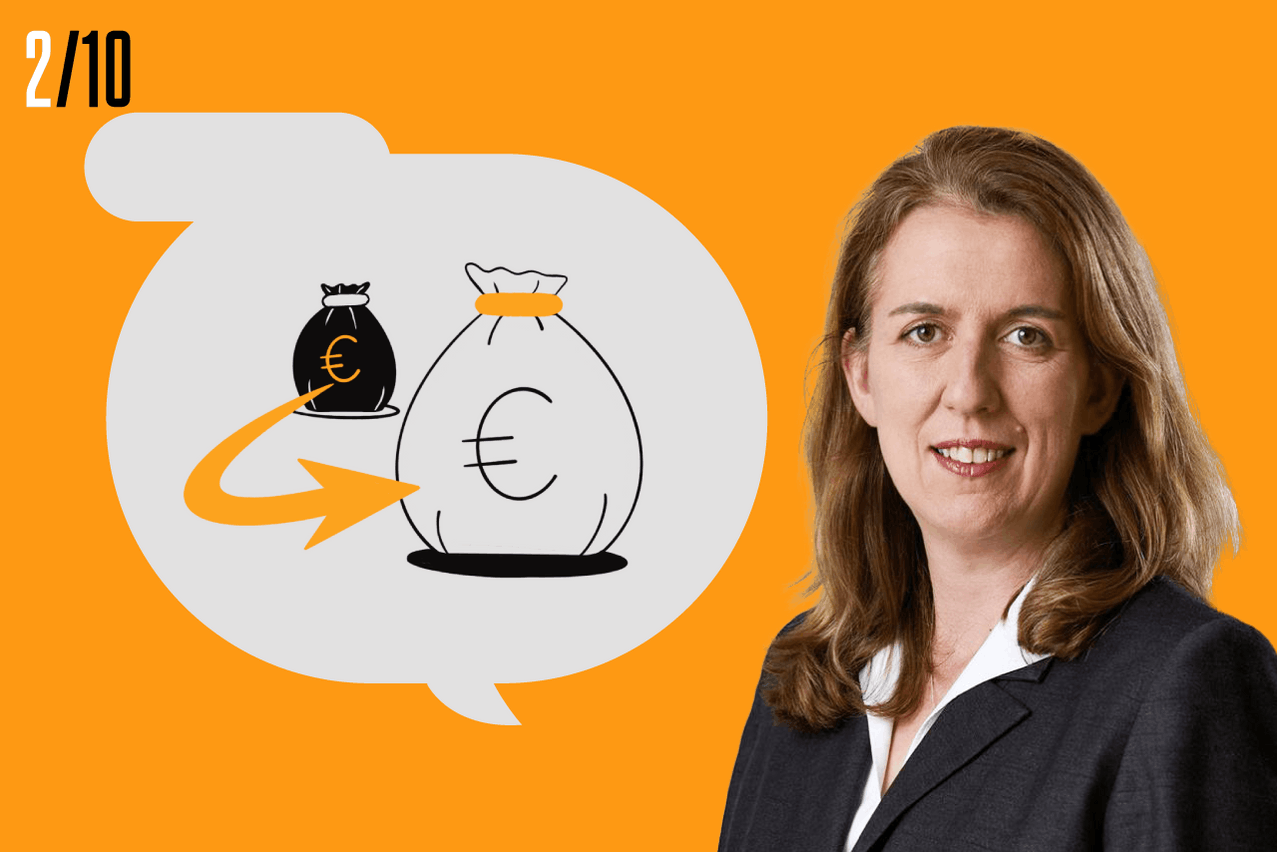“Certain companies enjoyed very strong capital growth during the pandemic, particularly social media platforms, e-commerce companies, and internet businesses,” she said. “But we have seen very strong reversals, which actually started earlier in 2022, given the increased focus on inflation.”
Ms Dickson sees a considerable shift between the market’s reaction during these two phases. In this current period, she sees renewed interest in companies that are paying dividends from cash flow generated by investments. “There's also a lower tolerance for loss, meaning investors have become even more risk averse,” she said.
Firms that can pay and grow dividends are, she notes, generally able to do so in a more sustainable fashion due to strong cash flows. These companies tend to be somewhat less volatile, and thus less sensitive to interest-rate variability. “Companies that were able to pay and even grow their dividends during times of crisis have demonstrated financial strength,” she said. By contrast, many tech stocks have shown themselves to be more sensitive to interest-rate changes.
She also pointed out the significant difference between companies that simply yield high levels of dividends and those that can grow dividends. The former, for example, might be achievable through relatively unsustainable measures such as borrowing, but when interest rates rise this approach becomes challenging. “That’s why it’s not just important to look at companies that pay high levels of dividends, but those companies that are able to sustain, and even grow, those dividends,” said Ms Dickson.
That said, both approaches to dividends could be valid investment options. In a well-rounded portfolio, investors might consider exposure to both (depending on objectives) with targeting dividend growth becoming almost a “defensive” market strategy, particular during market disruption. “It’s really important to understand the whole dividend landscape,” regarding both yield and growth.
In the current environment, opportunities from a dividend standpoint might potentially be found in sectors such as real estate, semiconductors, and consumer staples.
“At the moment, the market offers rather poor returns with heightened risk. It’s not an easy environment to be an investor,” said Ms Dickson. She compared the current market difficulties to the image of a valley. “In times of volatility, investors should not just look down into the valley, but keep their mind focused on what’s on the other side of that valley, and what the landscape might look like there,” she said. In other words, it is worth considering a longer-term perspective, while focused on fundamentals, yet with a strategy recalibrated to the new, uncertain economic environment.
Are you interested in the expertise presented by Capital Group? Click to visit the website of Capital Group.
